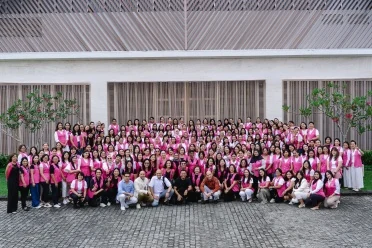Imagine stepping into a world where the boundaries between the physical and spiritual blur, where sacred rituals come alive through mesmerizing movements and profound connections to the divine. This is the essence of 'kerauhan', a captivating tradition in Balinese culture that invites both curiosity and reverence. As participants enter a trance-like state, they become conduits for divine energies, embodying the very spirit of their beliefs. Discover the layers of meaning behind this extraordinary practice and the sacred connection it fosters between humanity and the divine.
Unlocking the Mysteries of Kerauhan: The Sacred Trance Ritual of Bali
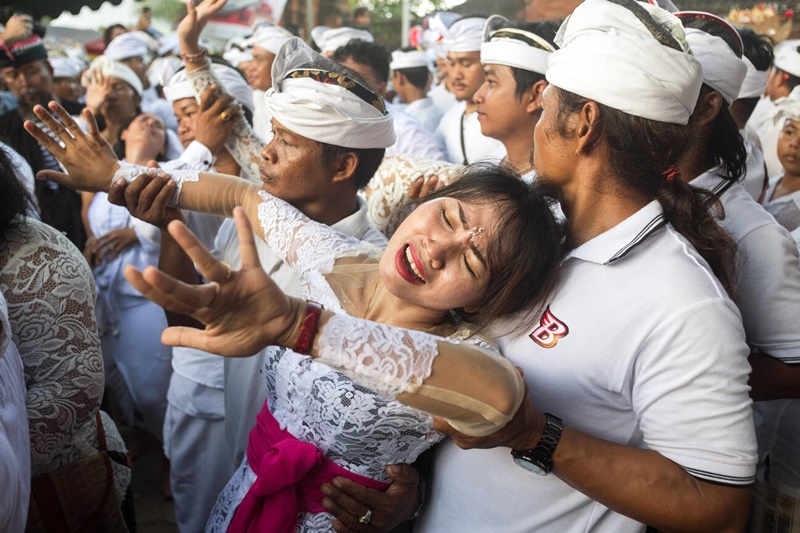
The Definitive Meaning
Kerauhan is derived from the Balinese word "rauh," meaning "to come," signifying the arrival of a spiritual presence. This presence is believed to be a divine force, such as deities or ancestral spirits, that temporarily takes control of a devotee's body. Unlike common possession, kerauhan is part of a ritualistic process, undertaken in sacred settings like temples (pura) and accompanied by ceremonial preparations led by priests or spiritual leaders (pemangku or sulunggih). The purpose of kerauhan is positive, serving as a bridge between the divine and the human world to offer guidance, blessings, or to convey spiritual messages.
The Sacredness
What makes kerauhan sacral in Balinese Hindu belief is its integral role in religious ceremonies such as yadnya—a form of sacrifice and dedication to the gods. During these ceremonies, individuals who experience kerauhan often momentarily lose conscious control, surrendering their physical being to the divine presence. The act itself is not random but guided by faith and devotion, with the participants willingly preparing themselves for this spiritual encounter. The temporary state of trance is seen as a sign of divine interaction, which is validated when priests sprinkle holy water to either bless the participant or bring them out of the trance.
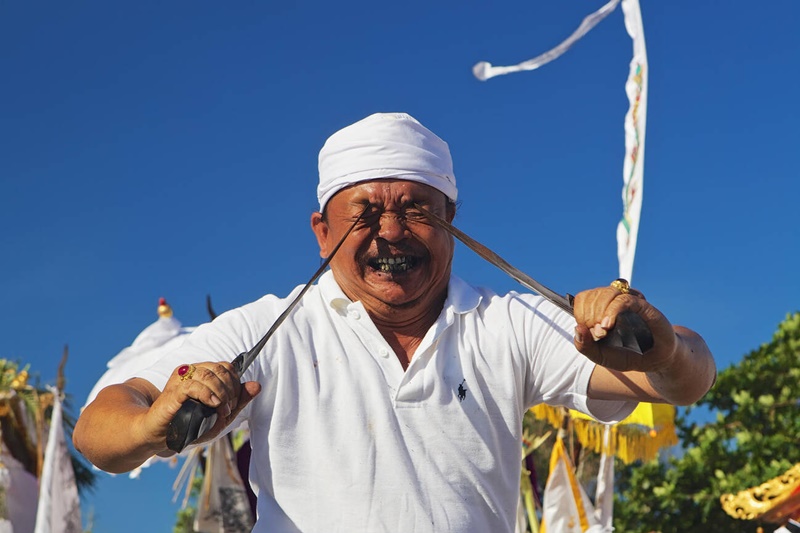
Different Forms
Kerauhan manifests in various ways, depending on the ritual and the type of spirit involved. The main types include:
Crawling: This form symbolizes submission, where the participant touches the ground as a sacred vehicle (tapakan) of a deity.
Ngurek (Self-stabbing): Participants stab themselves with sharp objects without sustaining any injuries, signifying their possession by spiritual warriors (pepatih).
Dancing: The participant, believed to be possessed by divine nymphs (widyadari), sways and moves gracefully, creating an atmosphere of serene beauty.
Silent Trance: In this form, the participant remains still, symbolizing the embodiment of higher deities like Ida Bhattara.
These rituals often involve awe-inspiring acts like walking on fire, dancing on sharp objects, or speaking in divine tongues—demonstrating the deep, mystical connection between the divine and human realms.
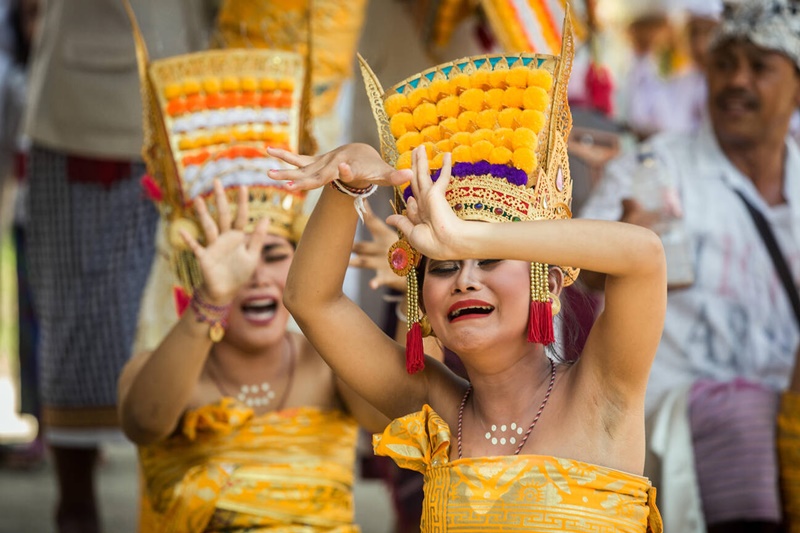
The Misunderstanding
While kerauhan holds sacred value in Bali, it is often misinterpreted as being the same as kesurupan or kerasukan. The latter terms generally refer to involuntary possessions that may invoke hysteria or fear and often carry negative connotations. Kerasukan involves the presence of malevolent spirits or energies, while kesurupan can happen spontaneously, driven by overwhelming emotions. Unlike these, kerauhan is rooted in spirituality, carried out in a controlled environment, and guided by the intention to seek blessings or communicate with holy entities.
The Experience and Significance
For those fortunate enough to witness or partake in a kerauhan, the experience is unforgettable. During ritual processions, participants may suddenly enter a trance, raise their arms, dance, or speak in ancient languages. This mystical event reaches its climax when the pemangku blesses the participants, who then often collapse momentarily, only to rise rejuvenated. Western researchers like Margaret Mead and Jane Belo have studied these trance rituals for decades, offering theories of autohypnosis or dissociative states, but none have fully captured the spiritual essence understood by the Balinese people.
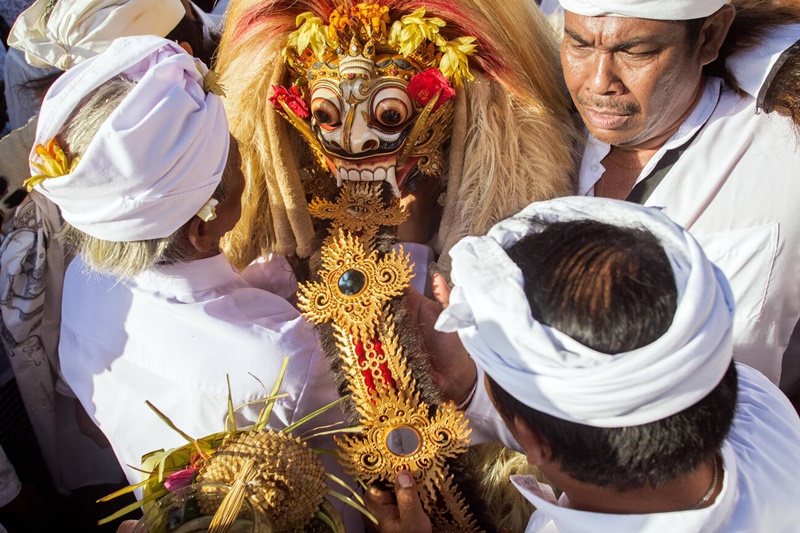
Kerauhan is more than a mystical performance—it is a profound expression of faith that reinforces the sacred bond between humanity and the divine. It stands as a testament to Bali’s rich spiritual heritage, one that invites respect and awe. Understanding kerauhan through education helps dispel misconceptions and underscores its value, allowing this sacred tradition to be appreciated and preserved for generations. As the world embraces celebrations of the supernatural, such as Halloween, delving into the spiritual depths of kerauhan can inspire a newfound respect for Bali's culture and its mystical, sacred rituals.



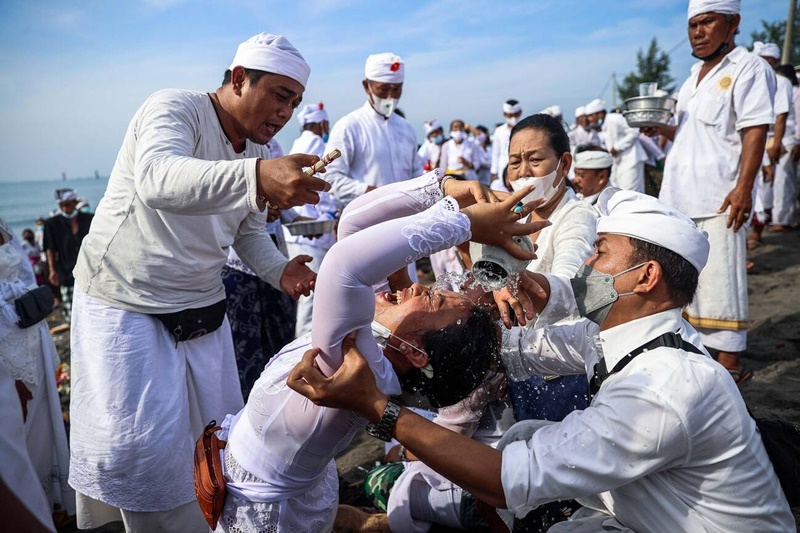
 Billy Bagus
Billy Bagus
 Nov 05, 2024
Nov 05, 2024





